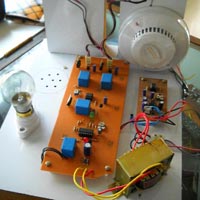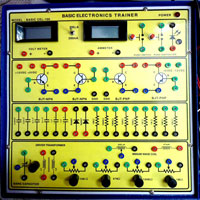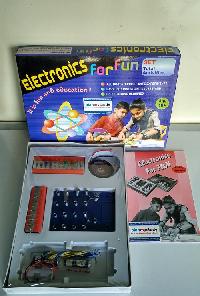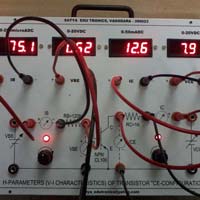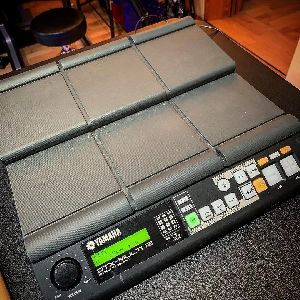Listing ID #964103
Company Information
Ask for more detail from the seller
Contact SupplierToday the ‘fresh air’ can only be imagining. Because, nowadays due to the big industrial developments, the air becomes so polluted that most of the people have to suffer from lot of diseases. But now because of the magic of this small unit, you may say bye-bye to all of these disorders. Although it has lot of advantages, it is a very simple and inexpensive circuit that the people can use it very easily for several years. Room Air Freshener Circuit works on the principle of ionization, which, helps to remove polluted air
Pure air has positive and negative ions in 1:1 ratio approximately. Air becomes polluted due to the ionic imbalance. Ionic imbalanced air has less negative ions and more positive ions. The idea mainly employs here is to apply a high negative voltage, several KV in fact, to a sharply pointed emitter. The negatively charged air is repelled from the emitter resulting in an ‘ion breeze’ you will feel if you put your hand close to the ionizing point.
About the Circuit :
Testing :
Precautions :
Although the circuit as a whole has a very high output resistance, individual capacitors don’t work, so please take care when you are testing the circuit. The capacitors will retain their charge for some time after the circuit is unplugged, and a painful shock can be received from the back of the PCB if you are careless. The circuit can be discharged by touching the mains plug to the ionizing point for a few seconds, and just to be certain you can run the mains plug down the line of diode connections on the PCB.


